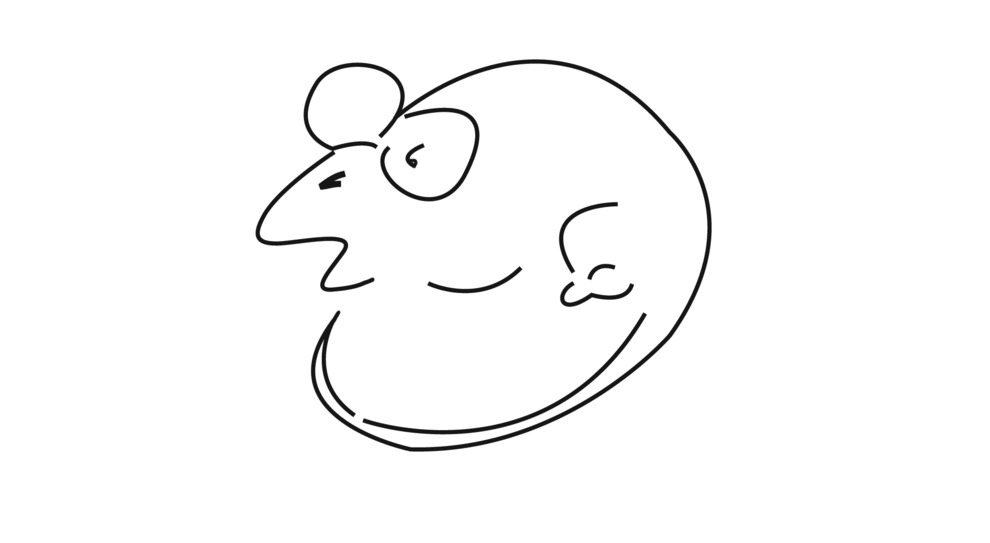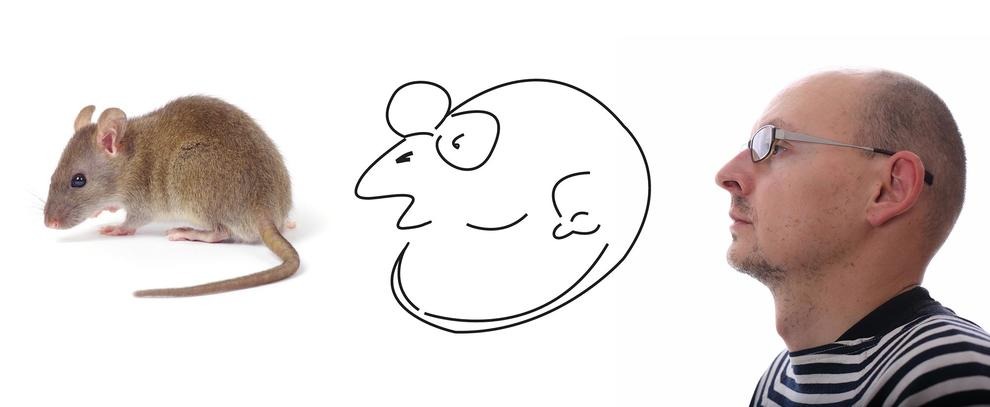Optical Illusion: Optical illusions, also referred to as visual illusions, are caused by the visual system when our perception of reality differs from actual reality. These illusions can occur due to various factors, such as the way our brain processes information or the limitations of our visual senses. They often challenge our understanding of how we perceive and interpret the world around us.
Optical illusions are highly beneficial for the brain. They stimulate the brain's visual processing abilities and can improve cognitive skills such as attention, perception, and problem-solving.
Besides, optical illusions can be used as a form of entertainment for people of all ages. Research studies have demonstrated that regular exposure to optical illusions can boost creativity, foster a greater understanding of the complexity of visual perception, and prevent cognitive decline in older adults.
Here’s a mind-bending optical illusion that will make you think twice.
Keep reading!
Optical Illusion: Man or Mouse? What Did You See First?

Source: AMNH
In the image shared above, you can see an outline showing a figure.
What did you see first?
Is it a man’s face or a mouse?
Focus on the image and make a note of which image first appears in your mind.
Have you made the choice?
So is it a man’s face or a mouse?
What if we say both are correct.
Check out the explanation below to know why.
Optical Illusion: Man or Mouse? Explained

Source: AMNH
If you see a man's face or a mouse, in both cases, you are correct. But why did it appear as a man’s face to some of you, while to others it appeared as a mouse?
The answer is found in the top-down processing theory proposed by British psychologist Richard Gregory.
According to this theory, our eyes gather a lot of information in the form of stimuli, but by the time it gets to the brain, most of it has been lost. As a result, the perception that is created is not exactly what our eyes saw.
But, as our brain has evolved over time, it filters out those things that it cannot understand to quickly reach a decision, or in this case, decide whether it’s a man’s face or a rat.
To arrive at a decision, our brains form hypotheses based on our knowledge of the world around us, which is not always true.
As our brain focuses more attentively on the image, it gathers more information and is therefore able to understand that the image looking like a man’s face can also be that of a rat and vice versa.
That was enlightening, wasn’t it?
If you love solving optical illusion challenges, here are some you’ll enjoy:
Optical Illusion: Find the Hidden Goat in 8 Seconds to Complete the Ultimate Visual Challenge
Optical Illusion: Can you find a turtle in 5 seconds?
Comments
All Comments (0)
Join the conversation